Why Do Customers Abandon Carts? 15 Key Reasons + Solutions
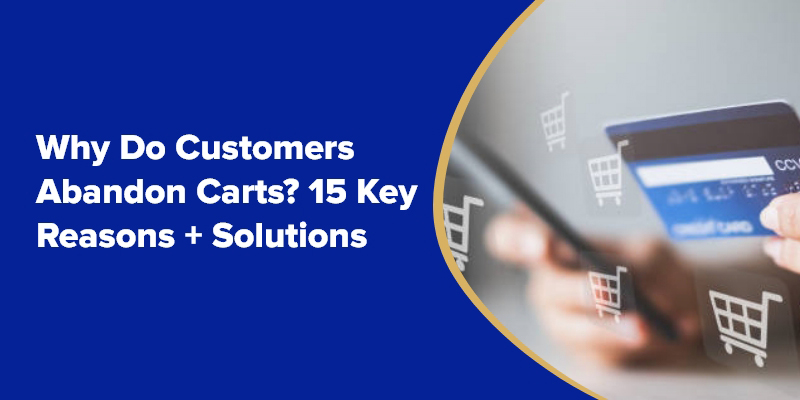
Table Of Contents:
To make your online customers successfully complete the purchase process, you need to ensure that your e-commerce site has
From the moment your customers visit your website and until they complete the transaction, the journey should be smooth, contextual, and engaging.
Typically, a customer’s journey is split into three segments and you need to optimize your website for each phase.
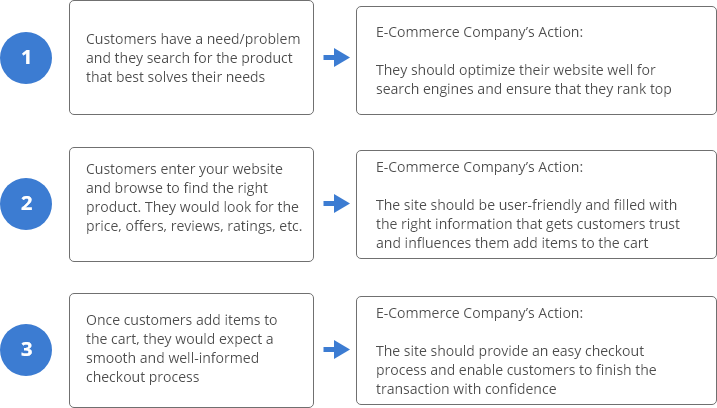
If you fail to optimize your website well for the search engines, it will result in low brand visibility and poor traffic.
If you fail to offer an influential browsing experience, it will result in low customer engagement, high bounce rates, and browse abandonment rates.
If you fail to offer an easy and transparent checkout experience, it will result in high cart abandonment rates.
In this article, we are going to focus on the situation known as cart abandonment. Cart abandonment is a major problem for eCommerce companies because on average nearly 70% of customers abandon carts. It means 7 out of 10 customers exit your site after adding items to the cart! That’s too close to losing a sale.
Worldwide, eCommerce companies lose nearly $18 billion in revenue annually due to cart abandonment.
Let’s look at the key reasons for cart abandonment and the right solutions and methods to improve cart conversion rates.
What is Cart Abandonment?
Cart abandonment means abandoning the shopping carts without making the payment.
According to Optipedia,
Shopping cart abandonment is when a potential customer starts a check out process for an online order but drops out of the process before completing the purchase. Any item that enters the shopping cart but never makes it through the transaction is considered to be “abandoned” by the shopper.
Shopping cart abandonment is a problem very unique to online shopping. In a retail situation, customers would rarely abandon the checkout process after they’ve decided to purchase the items. However, in online shopping, customers tend to learn information about the final price and shipping details largely after adding the items to the cart which contributes to the cart abandonment scenario. Let’s look at the detailed reasons for cart abandonment in a few seconds.
How To Calculate Cart Abandonment Rate?
To calculate the cart abandonment rate, you need to divide the total number of cart transactions completed by the total number of carts created by the customers.

For example, out of 500 carts created, if 200 customers completed the transaction then, the cart abandonment rate will be 60%.

Cart abandonment rate is an important metric to calculate conversion rates. If you have a high cart abandonment rate, you are having a poor customer experience, broken sales funnel, and low website conversions.
Reducing the cart abandonment rate can directly improve your website conversion rate and generate more revenue from your online store.
15 Key Reasons For Cart Abandonment
To reduce the cart abandonment rate, you should understand why customers leave your site after adding items to the cart.
Upon examining the cart page, conducting qualitative research, and taking customer surveys, experts have found the following are the key reasons for cart abandonment.
01. Hidden Prices
Many customers tend to think that the price shown on the product page is final. However, after adding the items to the cart and while initiating the checkout process, some additional charges gets revealed. For example, shipping charges, taxes, surcharges, etc. If the overall cost is way higher than they expected, then they are less likely to proceed with the checkout process.
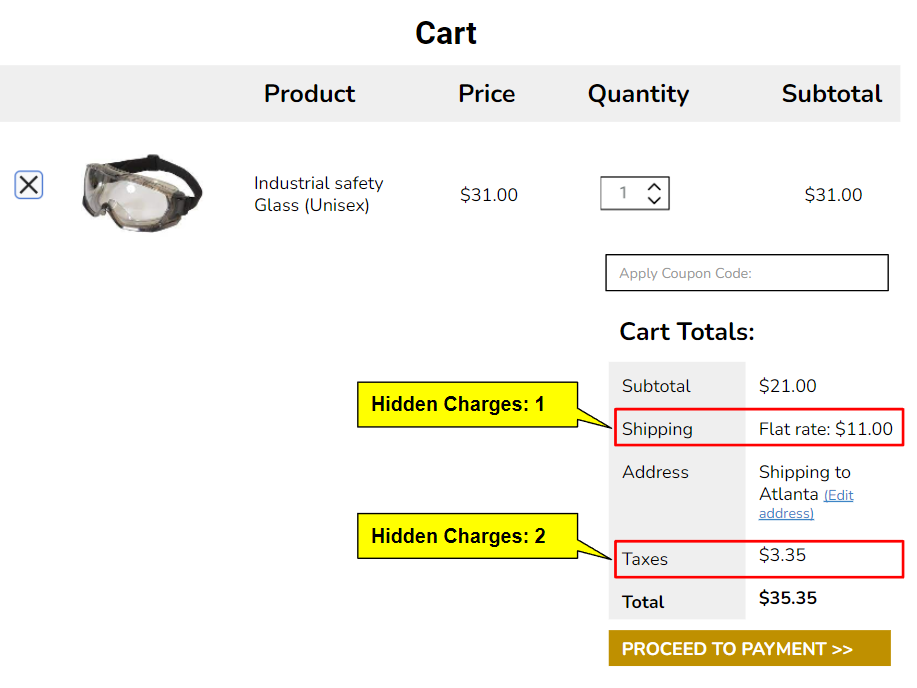
02. Complex Account Creation Process
Once customers initiate the checkout process they expect the experience to be fast and easy. However, some companies will put them in a tedious account creation process. They ask for too many details from customers and that includes too many form fields to fill which eventually creates a feeling of exhaustion and they close the browser window.
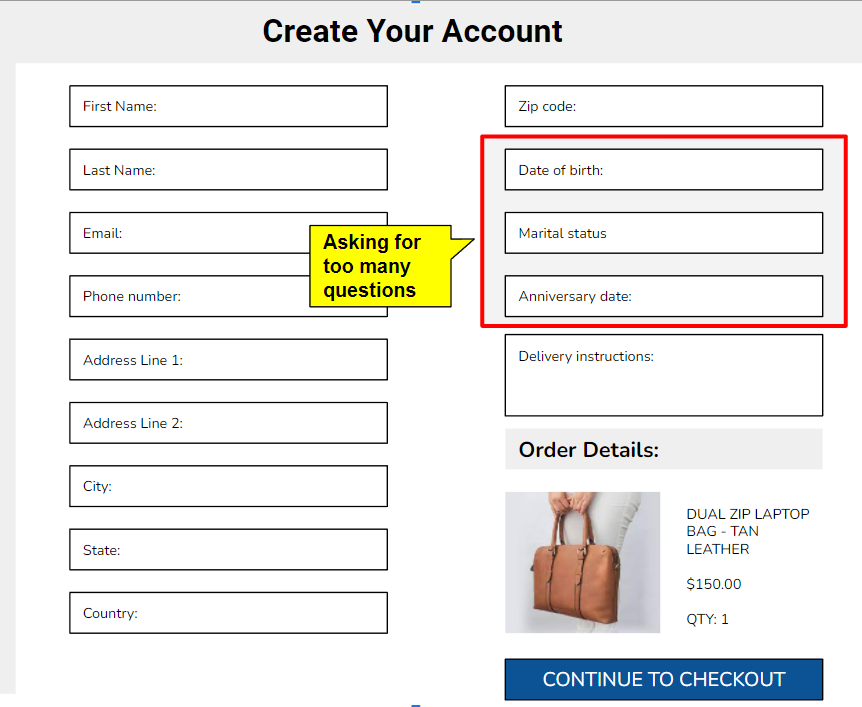
03. Limited Payment Methods
Limiting the number of payment options to two or three can act as a roadblock for your customers to finish the transaction. Since credit/debit cards and net banking are losing popularity, customers will look for emerging payment options like wallets, UPI, etc. to easily finish the transaction.
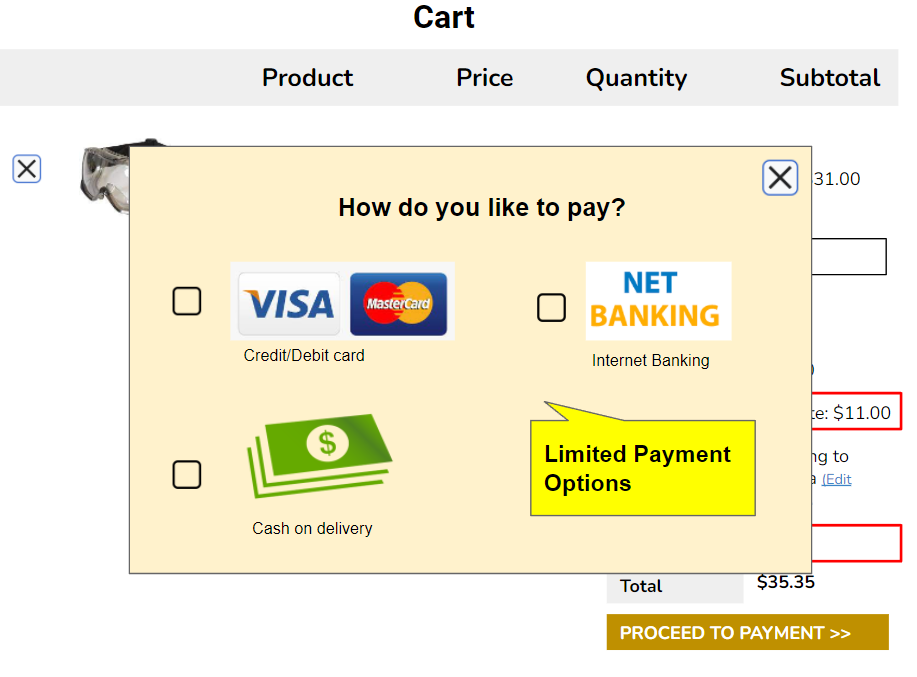
04. No Guest Checkout Option
Customers who try to make quick purchases or would not prefer to reveal too many details will expect a guest checkout option. Few e-commerce companies do not offer it and expect customers to undergo the typical long-form checkout process resulting in cart abandonment.

05. Long Delivery Period
Delivery/shipping time is one of the most important factors for enabling the customers to successfully complete the checkout process. Typically, customers would like to get their favorite products delivered in a short time. If they see the shipping period exceed 3 to 5 days during the checkout process, they would rethink purchasing from your site and abandon carts.
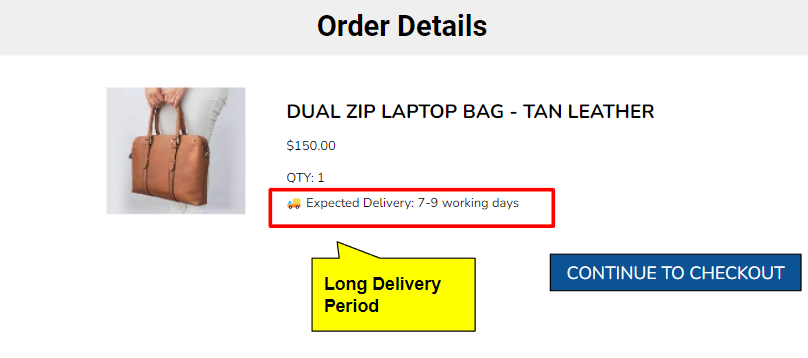
06. Security or Privacy Concerns
Asking customers to reveal too many personal details during the account creation process can also trigger cart abandonment. For example, few companies ask customers to reveal their spouse’s date of birth or anniversary dates which can feel irrelevant or invade their privacy too much. Although companies do it to wish them during special moments or send personalized offers, all such not-so-important details must not be mandatory or can be collected while asking for feedback. Furthermore, websites should follow the best security practices and ensure that they have a valid security certificate and certified payment gateway.

07. No Checkout FAQs/Guides
Customers tend to have several questions during the checkout process. It can be about product details, size, usage, delivery, return and refund policies, etc. If they don’t see a proper FAQ section on the site or if the FAQs are limited and not very informative, customers can abandon carts.

08. Uneditable Carts
Not having the option to edit cart items can also act as a reason for cart abandonment. For example, customers might want to change the quantity of the products, edit shipping details or contact details, or would want to add a delivery instruction. If websites do not offer the flexibility to do it, then customers might feel frustrated and abandon carts.
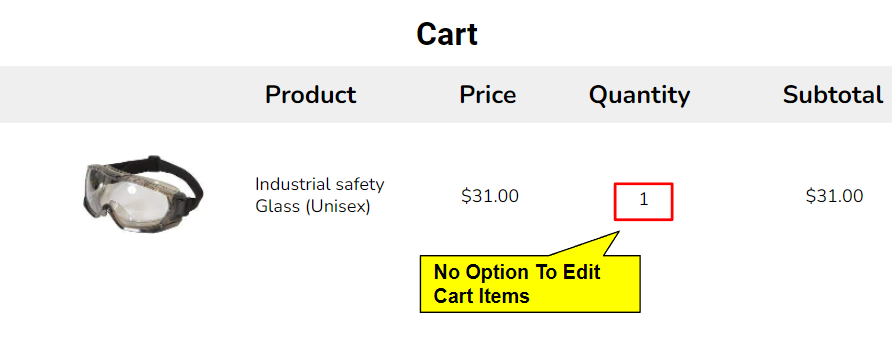
09. Lack of Coupon Codes/Discounts
Today, eCommerce companies are bombarding customers with offers and discounts. Every site is having at least one and customers are highly accustomed to it. If they couldn’t find any offers applied during the checkout process or if the coupon code/discount is declared expired and not applicable, customers will get irritated and abandon the cart items.
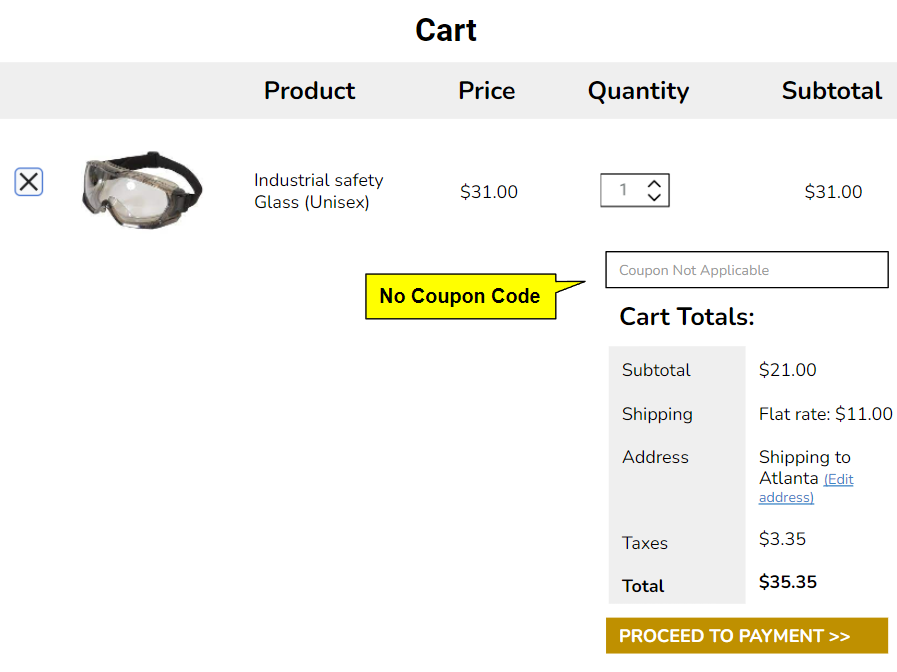
10. Unsatisfying Return Policies
When customers choose to purchase from an online store, they do not get the opportunity to touch or feel the product. They do not know its quality, size, durability, etc. Hence, they would expect companies to provide flexible return and refund policies. If companies do not offer it or follow strict guidelines, then there is a higher chance of cart abandonment.
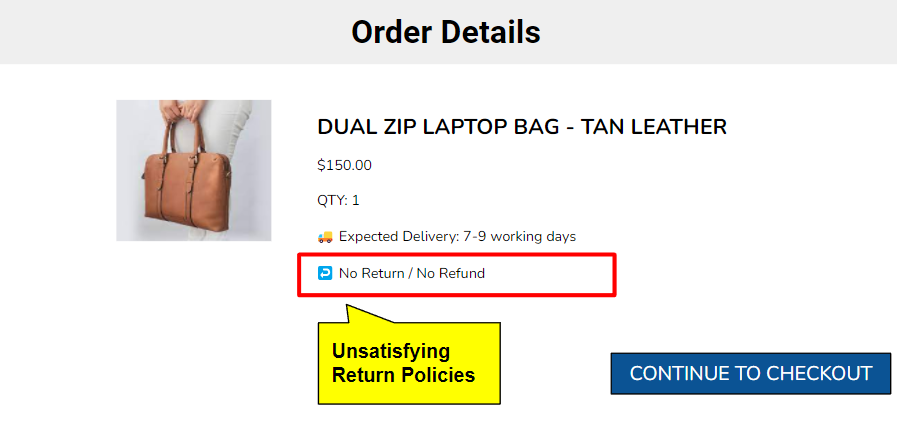
11. Lack of Customer Support/Chatbot Assistant
While customers are on the cart page, they will be going through several inner dialogues. They will have questions, barriers, fears, etc. If he/she is a first-time customer, trust becomes an important purchase decision-making factor. If they do not have an opportunity to contact the customer support team immediately or do not find any digital assistants like conversational chatbots to get answers for their questions instantly, then there is a high probability of cart abandonment.
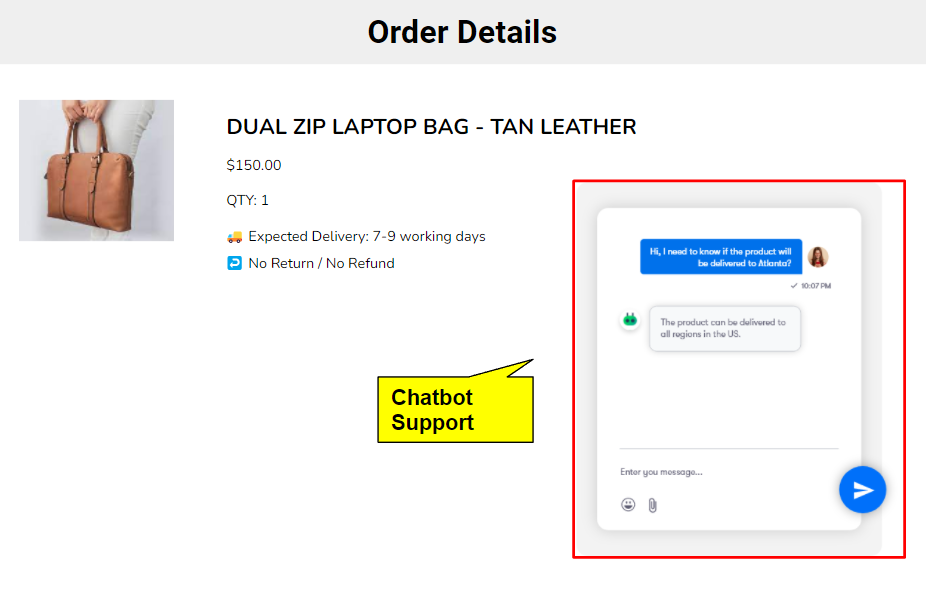
12. Low Buying Intent
Buying intent is crucial for conversion. Few customers have low buying interest and they would add items to the cart only to check the final price or offers. In such cases, they would abandon carts after viewing them. Although it is hard to convert customers with low buying intent, there are few tricks available to influence them. Find it in the solutions section below.

13. Unable to Trust the Site
When customers are purchasing from online stores, they are sharing a few private information with the companies. For example, their credit card details, personal details like addresses, etc. If the site does not have a prominent display of security badges and seals, they will have low confidence and tend to abandon carts.
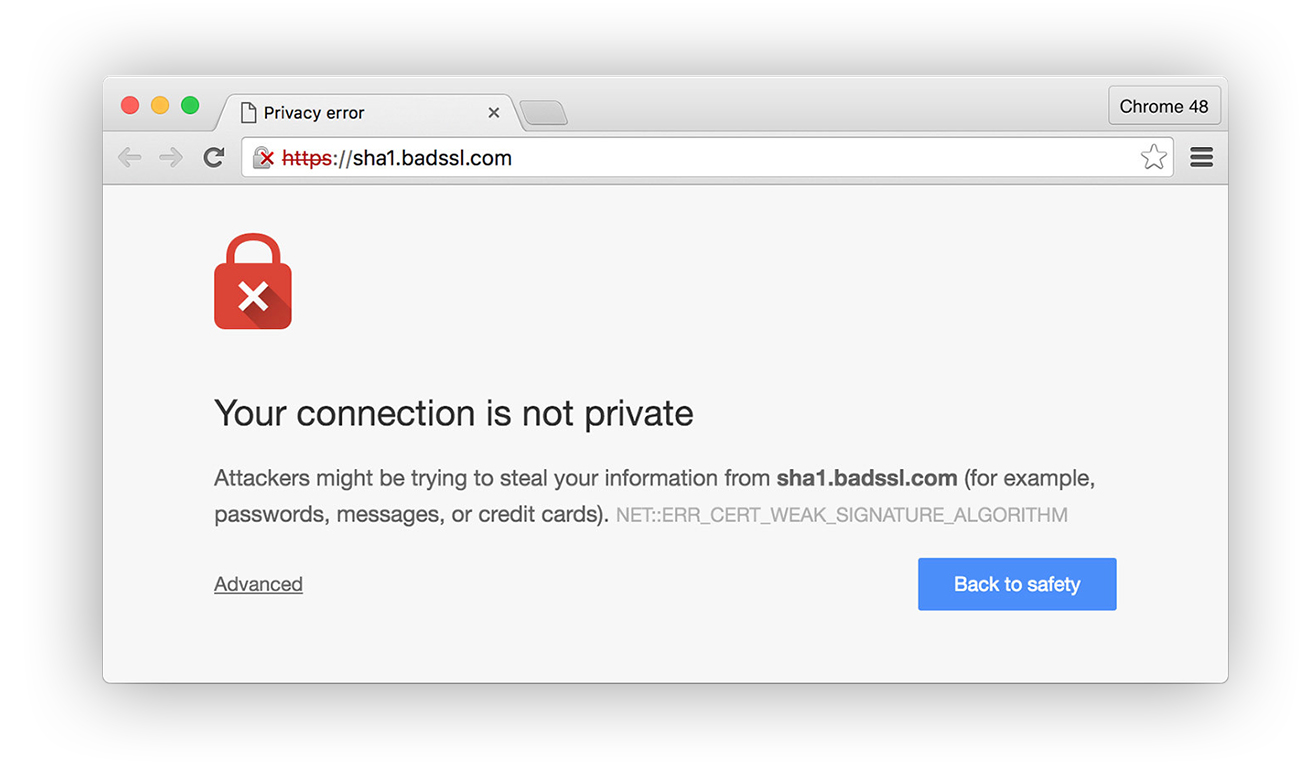
14. Credit Card/Payment Declined
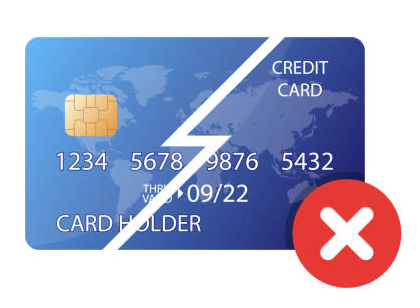
When customers proceed to the checkout page, the payment gateway process should be fast, transparent, and successful. If their credit card is declined for some technical reasons or their other payment methods are declined due to unknown errors, they would feel frustrated and abandon carts. Further, it will also create a bad impression on the brand.
15. Website Errors/Crashes
Technical aspects play an important role in making customers successfully complete the checkout process. If the website crashes in the middle of the checkout process, takes time to load or gets stuck, customers would abandon carts and eventually close the window.
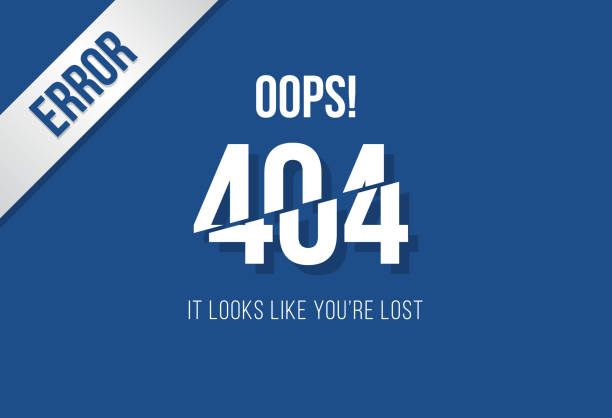
Solutions To Reduce Cart Abandonment
The following are the few actionable solutions to reduce the cart abandonment rate.
1. Show Shipping Costs Upfront
Display all costs associated with the order such as shipping costs, taxes, surcharges, etc., upfront while customers are initiating the checkout process or as they were browsing through the product pages. Offer them a transparent check-out process and prevent them from abandoning the carts.
2. Simplify Account Creation Process
Make the account creation process fast and simple. Ask only the necessary information. Do not ask for too many personal details. Measure the time taken for filling the forms and ensure that it does not exceed a minute or two. Alternatively, you can help customers create accounts using a conversational chatbot. It can ask the needed questions and help customers create accounts using a dialogue-driven approach.
3. Offer Multiple Payment Methods
Offer your customers the convenience of paying the way they want to. Integrate the popular and emerging payment gateways, display trust badges and seals, and ensure the hosting servers are scalable and responsive enough to prevent webpages from being stuck while customers are making the transaction.
4. Offer Guest Checkout Option
Guest checkout is a method where your customers do not have to log in to the accounts or create a new account to make the purchase. It is good for businesses that are oriented towards one-time sales. Even if you want your customers to make repeat purchases, you can still offer them a guest checkout option and collect only their email address and phone number.
5. Provide Faster Delivery
When it comes to the eCommerce business, delivery time can make or break a sale. Customers would like to receive their desired products as fast as they can and also at a lower shipping cost. Hence, it is advisable to tie up with the right shipping companies and offer faster delivery for customers.
6. Improve Website Security Standards
Having a secured website is a fundamental thing for e-commerce companies. Your customers should feel confident and find you trustworthy. Make sure your site has a proper SSL and HTTPS certificate. Add the link to your privacy policy while customers are sharing their details and inform them that their data will be protected.
7. Install a Chatbot
Did you know conversational chatbots can reduce the cart abandonment rate by 35%? Yes, to learn how, go here. Using conversational chatbots, you can answer customers 70% of the common checkout questions – allowing them to instantly get answers for their questions rather than waiting for customer support or going through FAQs. Further, you can send reminder notifications for customers who have left the cart page without completing the transaction and also share discounts or offers to influence customers to finish the checkout process.
8. Offer Coupons/Discounts
As mentioned previously, today, e-commerce sites are filled with offers, sale, and discounts. A tempting offer can influence even customers with low buying intent to make faster purchases. Hence, making sure such offers are automatically applied during the checkout process or having a slot to fill redeemable coupon codes will encourage customers to finish the transaction fast.
9. Have a User-friendly Cart Page
The design and navigation of the cart page play an important role in reducing cart abandonment. A customer must feel it inviting and be able to make changes to the cart items easily. Further, having a limited number of form fields, progress indicators, and providing the opportunity to create accounts using their Gmail, Facebook, or Apple profiles can make the process a whole lot easier.
10. Gain Customer Confidence
Once customers decide on buying your products, you should instill trust until they finish the checkout process. Share customer reviews, ratings, social proof notifications, and display trust seals and security badges. Make your return and refund policies flexible and get their trust and confidence.
Wrapping up,
Although cart abandonment is a frustrating problem for eCommerce store owners, with the right strategies and useful digital tools, it is not so difficult to reduce it.
The three major rules to reduce cart abandonment are:
We, at RoundView, have developed an exclusive abandoned cart chatbot to bring down your cart abandonment rates.
If your customers exit the cart page without completing the transaction, you can…
You can recover 35% of abandoned carts quickly with the chatbot – and it is more effective than cart abandonment emails and exit pop-ups.
To learn more, book a FREE demo with us.
If you like to get a detailed understanding of how to reduce cart abandonment with a conversational chatbot, read this free guide.



